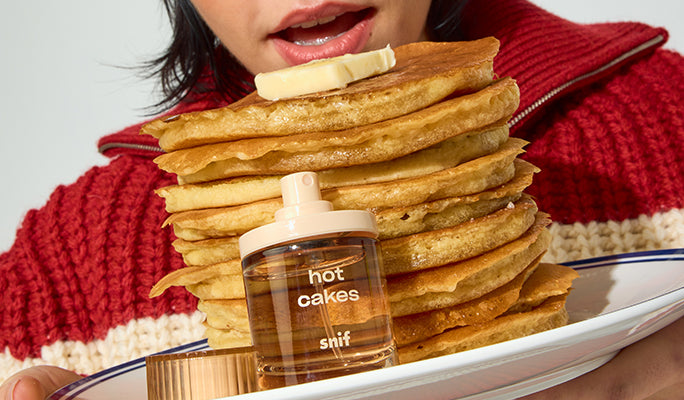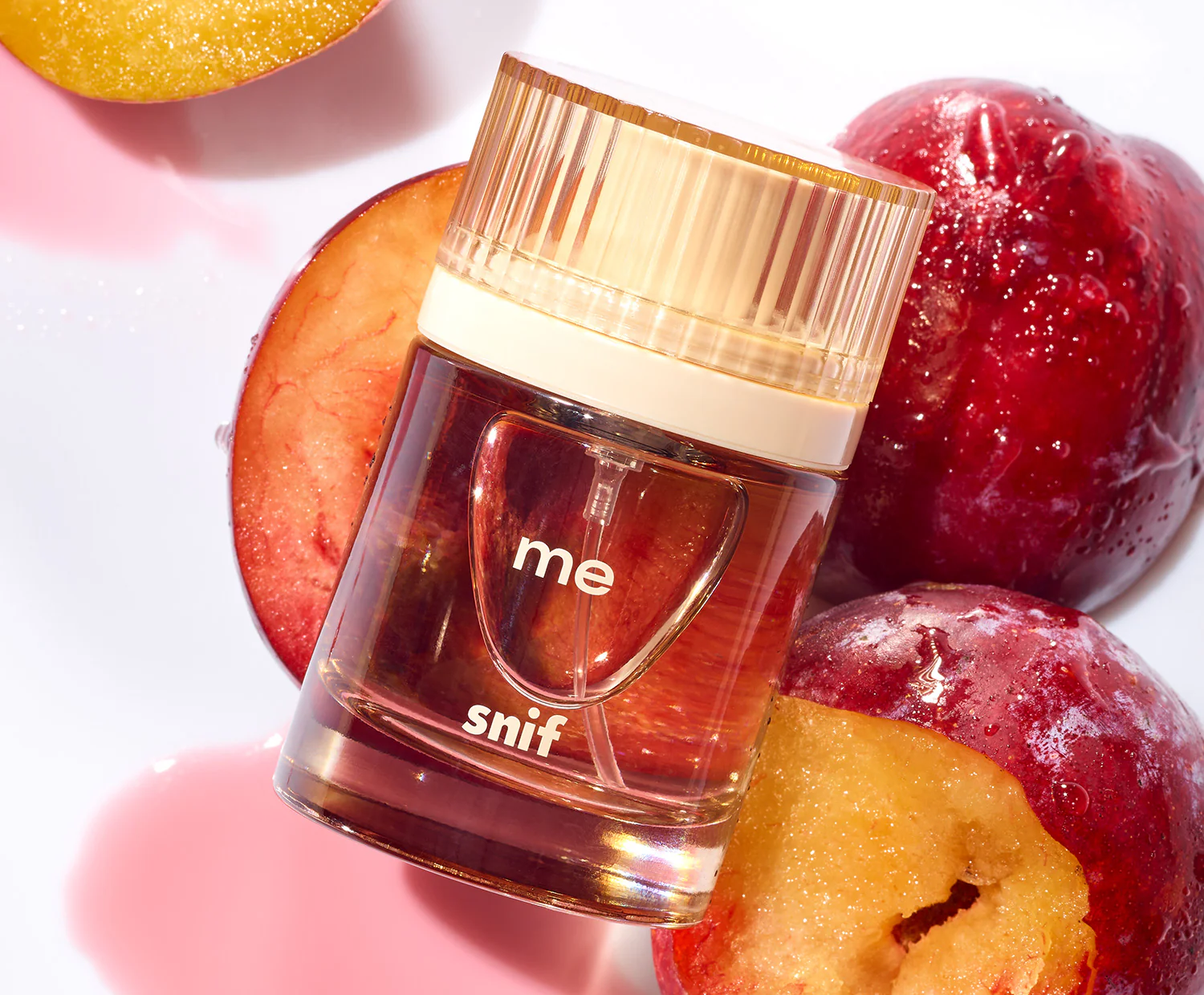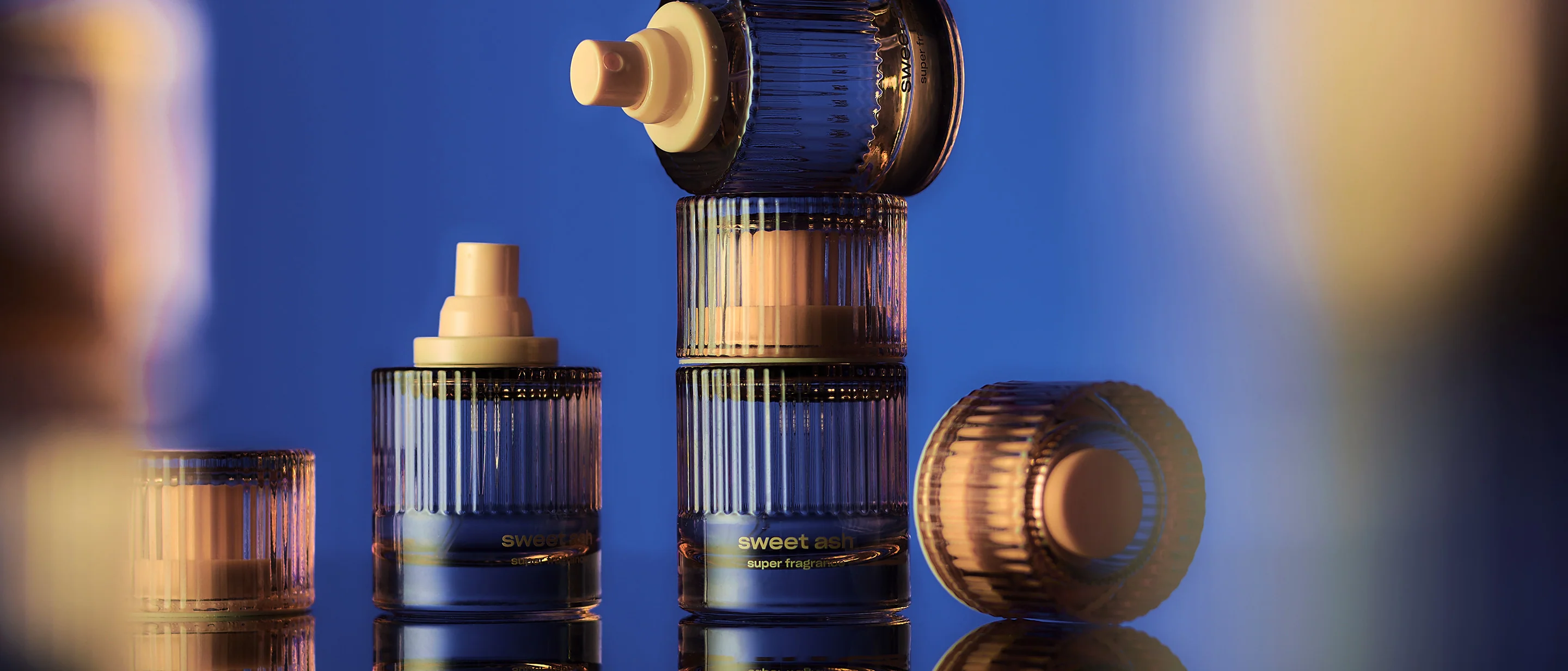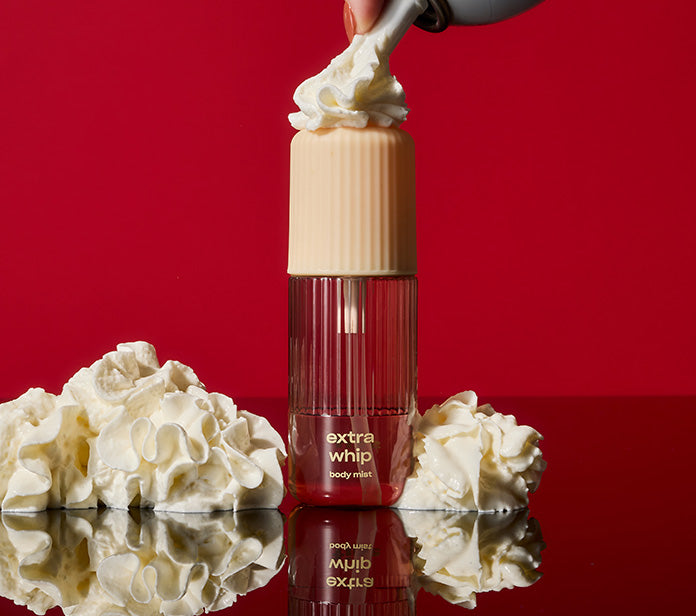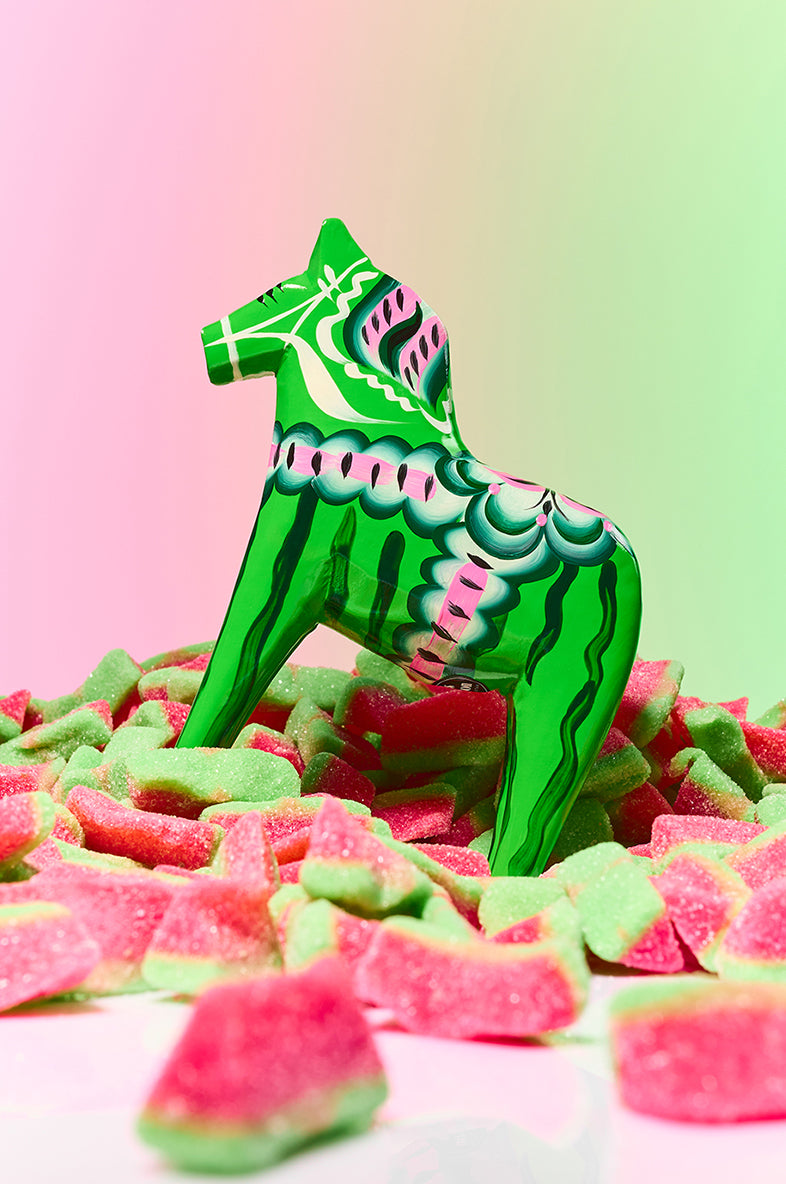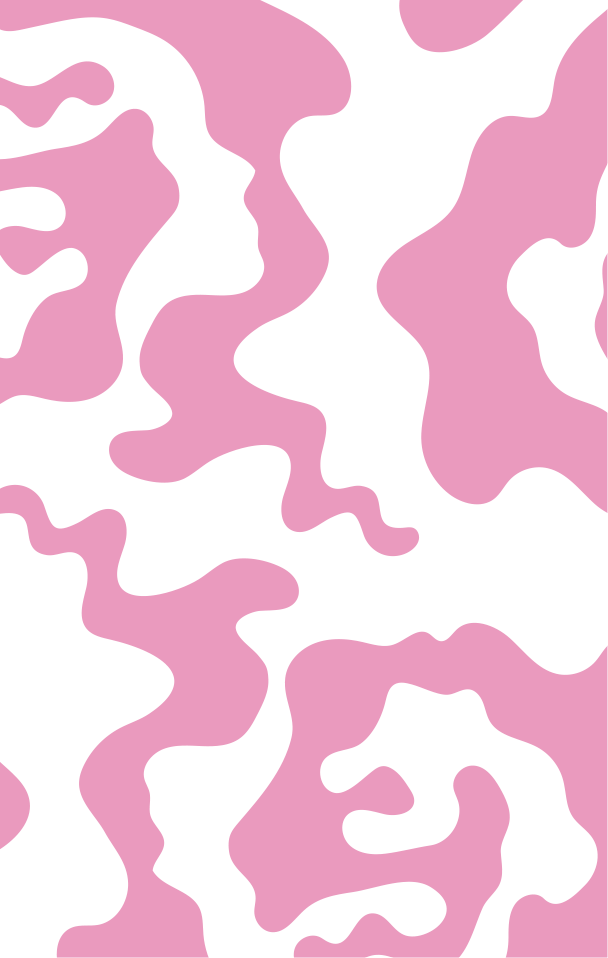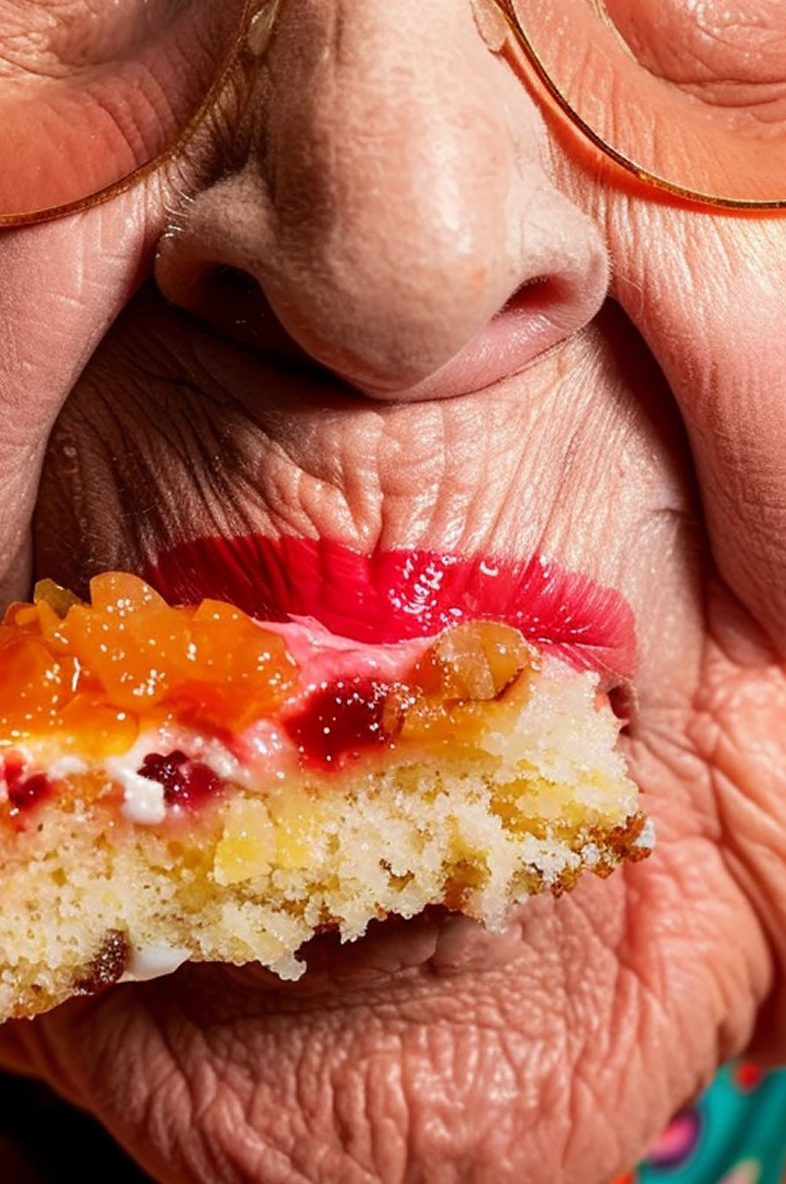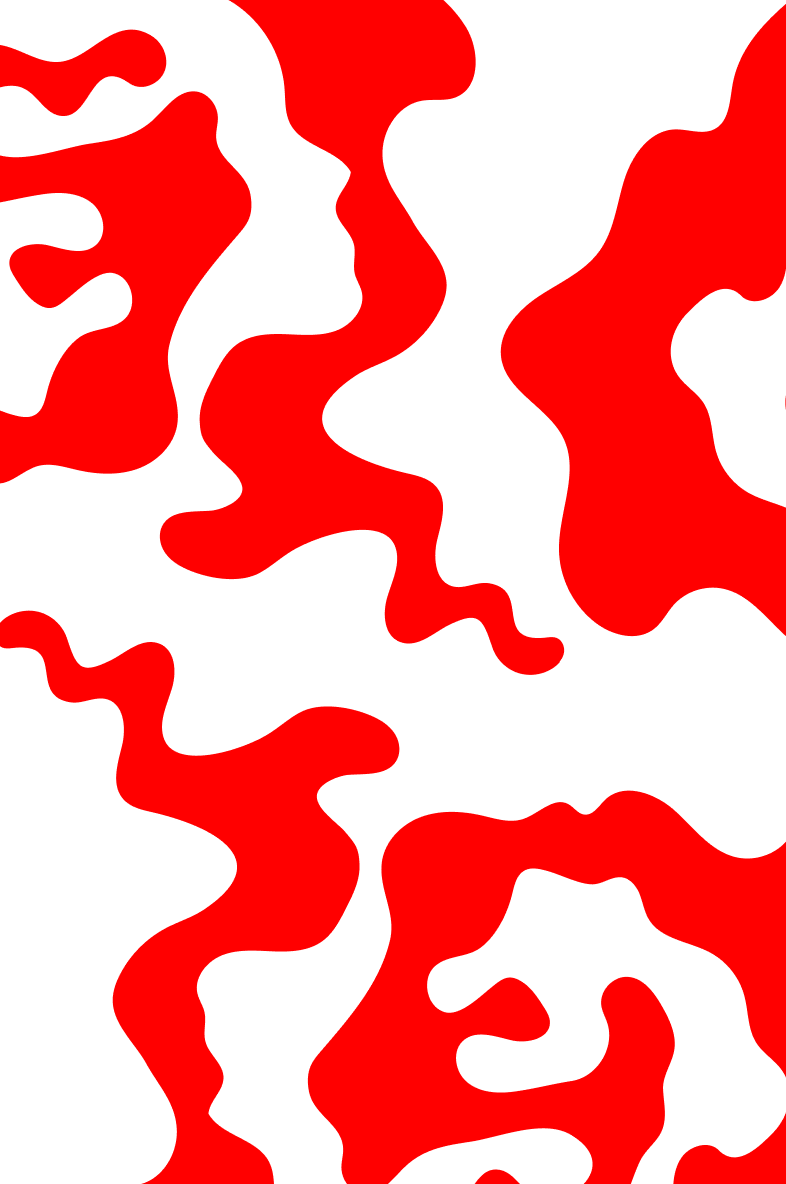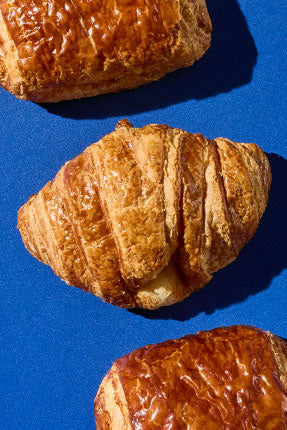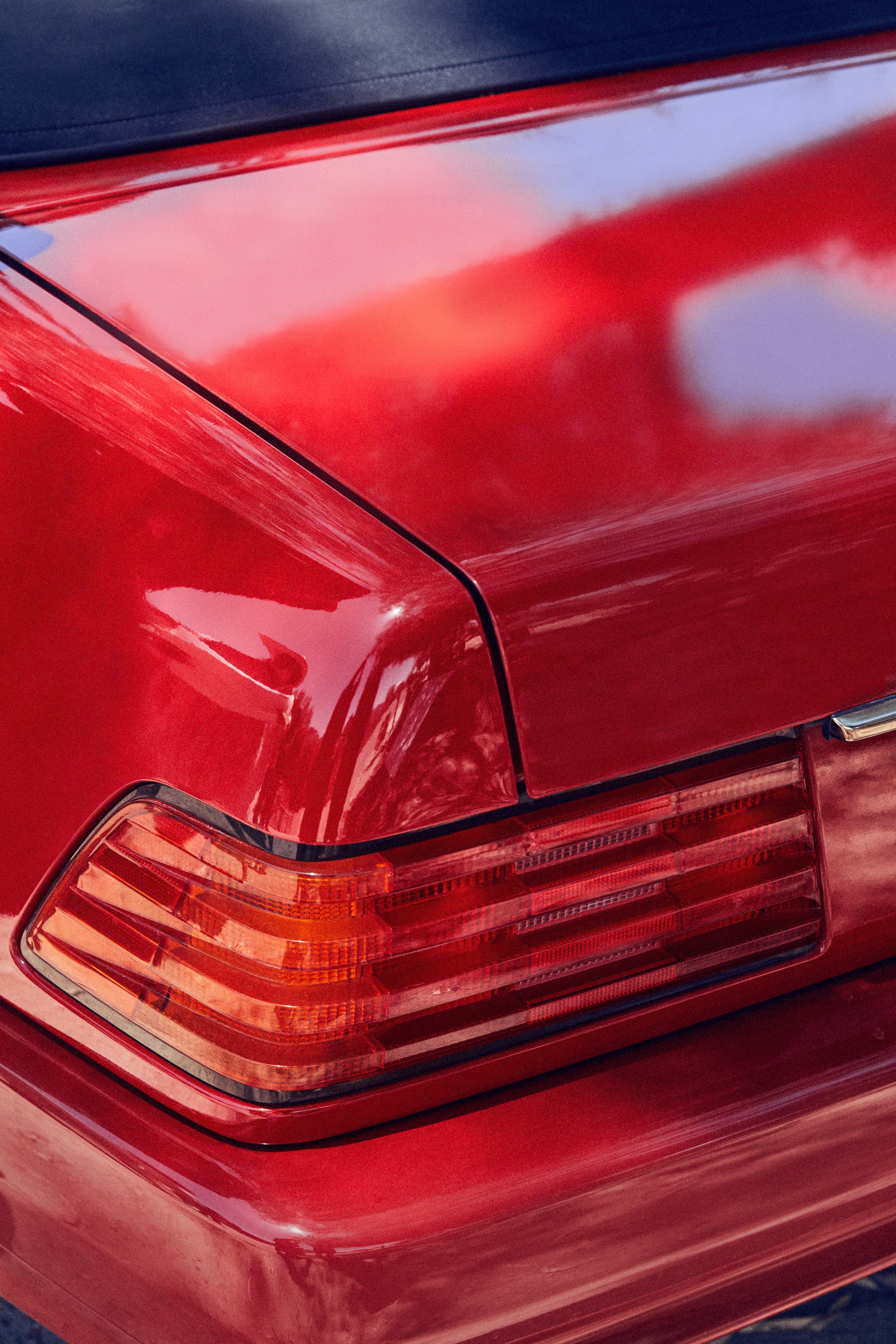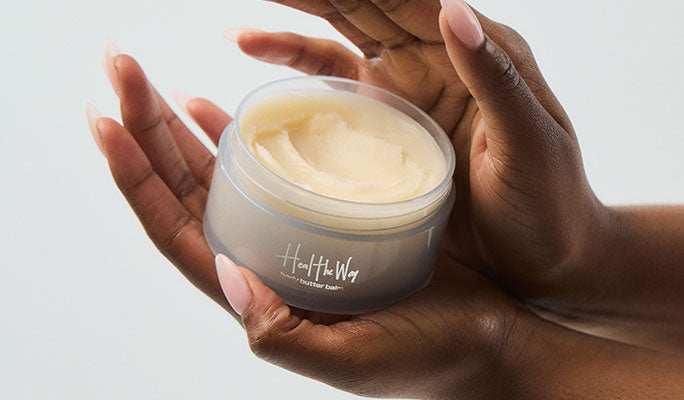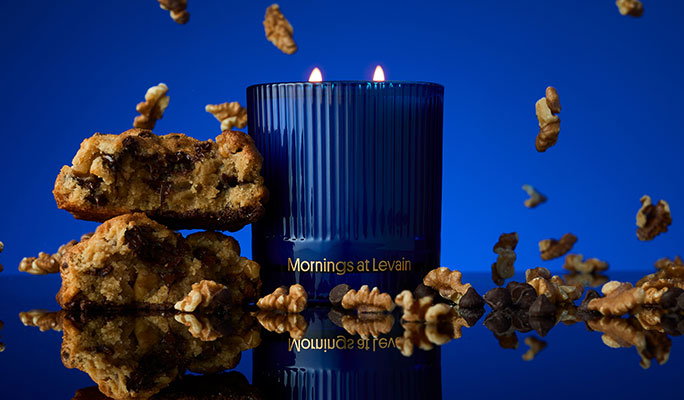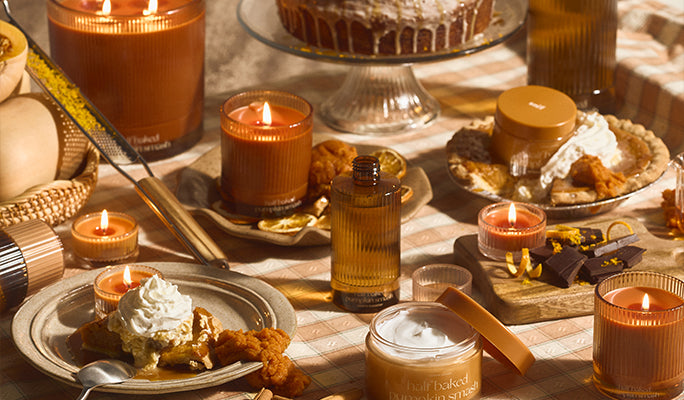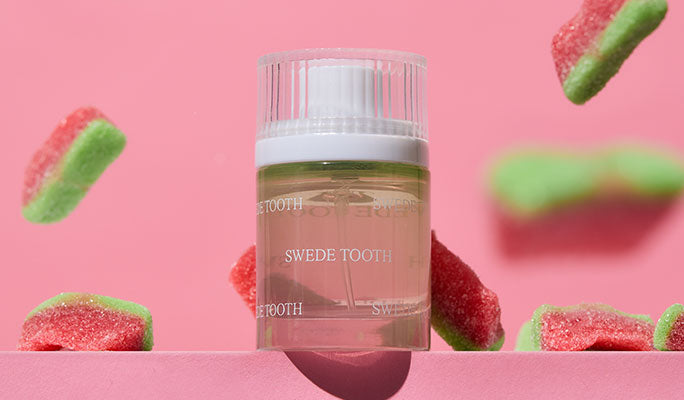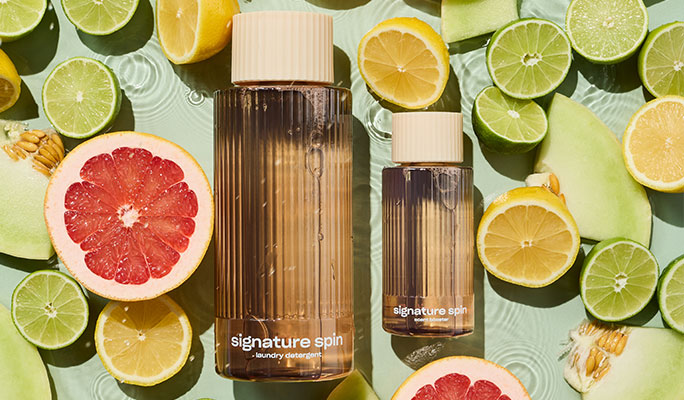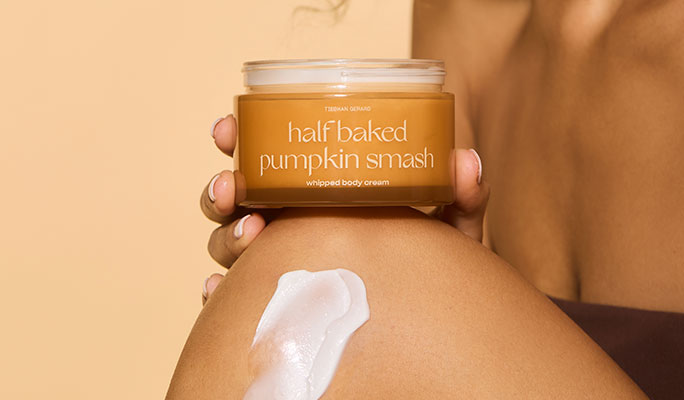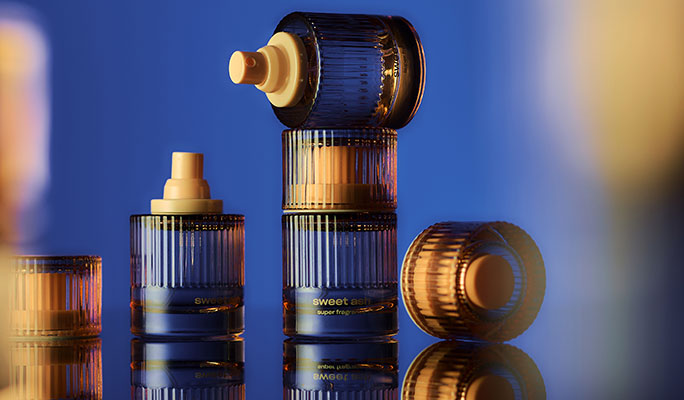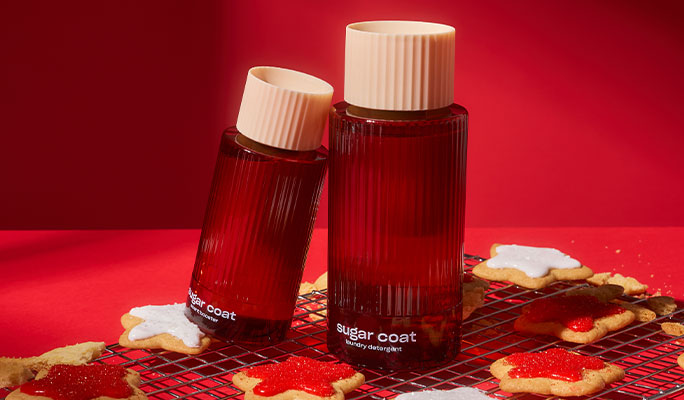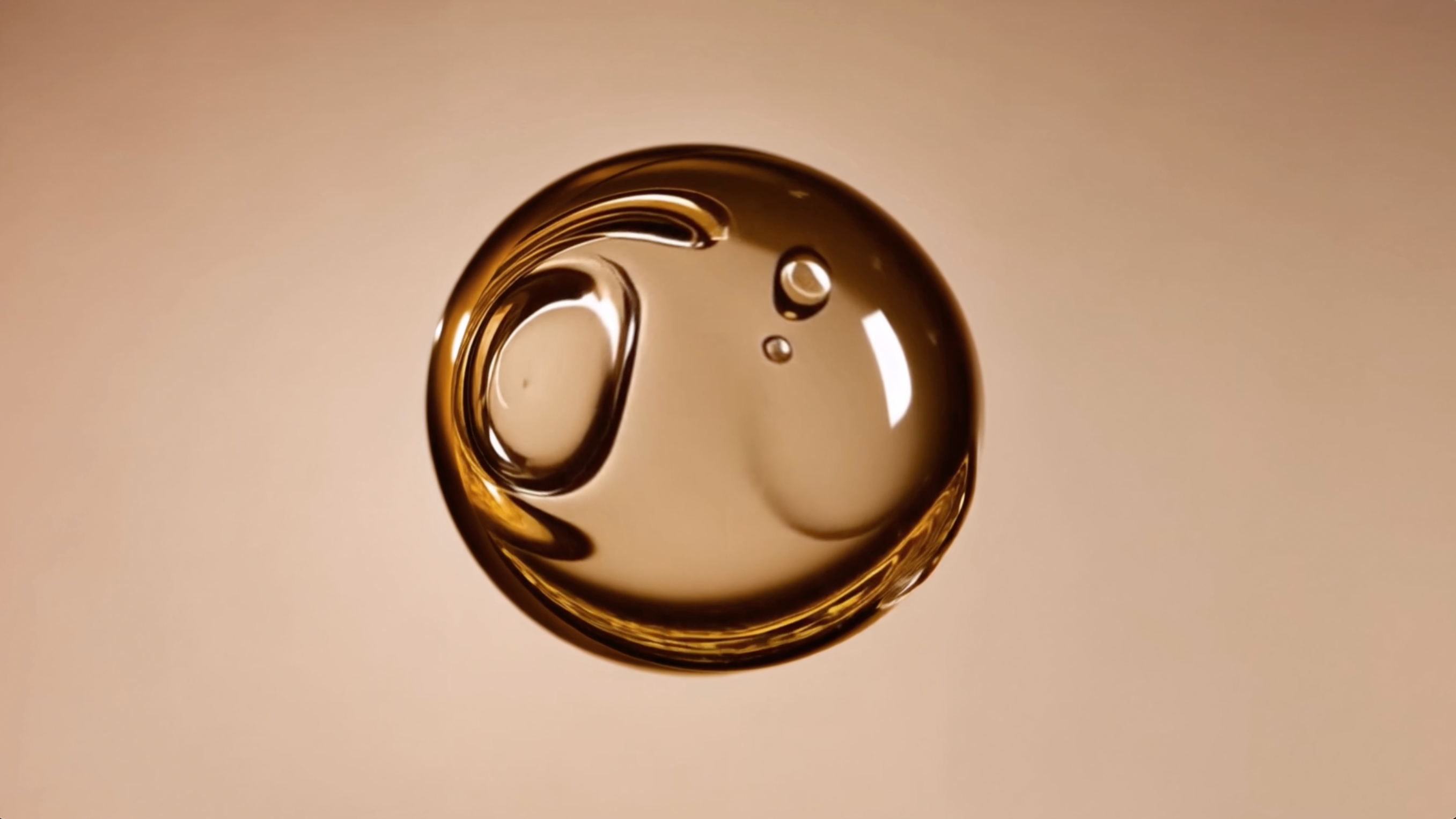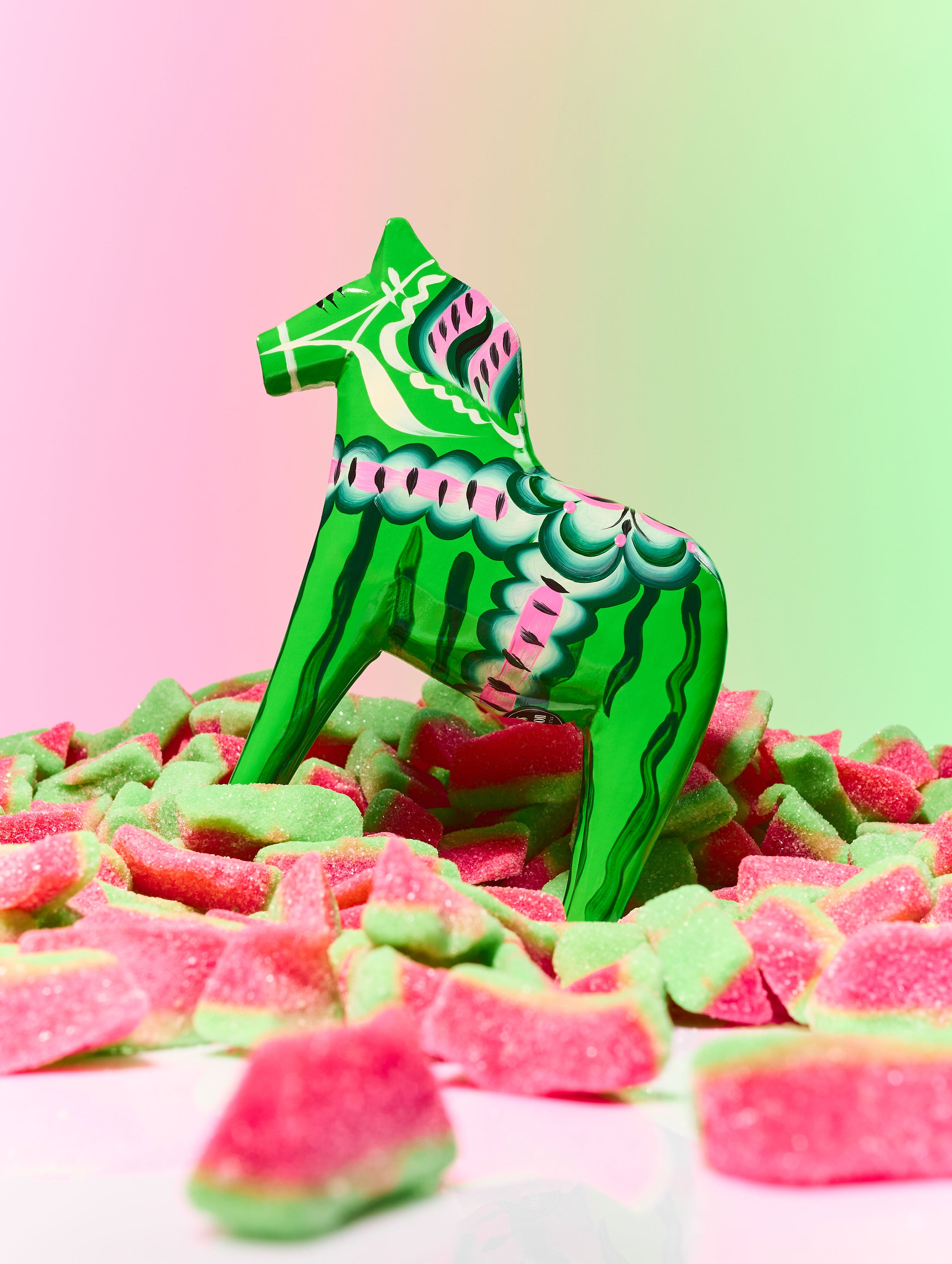A spritz of perfume can wake you up in the morning, give you that extra boost of confidence that you need before a first date, and keep you grounded during some of life’s most chaotic moments. That’s why perfume is an essential part of many people’s self-care routine (and has been for centuries).
That said, there’s a fair amount of mystery behind the fragrance manufacturing process. Today, we’re pulling back the curtain. If you love Snif fragrances and want to understand how they’re made, this is the guide for you.
How Is Perfume Made?
Before diving in, it is important to note that while perfumery is a science, it’s also an art, which means the process used to make each fragrance in our line is distinct.
That said, in the sections below, we’ll explore the general steps that our team takes to bring you the Snif fragrances that you know and love.
Conceptualizing
Just like with any creative project, the first step in making a perfume is conceptualization.
Although in this phase, it doesn’t have to be clear exactly how the fragrance will be made, each scent starts with an idea. This step involves seeing what’s trending in the fragrance world at the moment and thinking outside the box to try to predict what will be on-trend next.
Conceptualizing can take months, depending on whether the fragrance is more experimental. For example, the conceptualization phase might take longer for scents like Crumb Couture, our buttery croissant fragrance, given that this is a more unique, niche fragrance.
Ingredient Sourcing
Once the concept for the perfume is finalized, it’s time to source the ingredients. This involves gathering together all of the ingredients that are needed to bring the idea to life.
There are two categories of ingredients that perfumers can draw on when they’re putting together a new fragrance: natural and synthetic.
Natural ingredients are the fragrance oils that come from flowers, plants, herbs, fruits, and other natural products. In the past, fragrance oils were also extracted from animals, but that practice has slowly been phased out of the industry.
Synthetic ingredients are the fragrance oils masterfully crafted in laboratories to mimic the smell of natural ingredients that are difficult or unsustainable to source, or some of our favorite everyday smells (like clean laundry or wild berry jam).
It’s easy to apply the logic you’d use to buy makeup or clothes and think that high-quality fragrances only use natural ingredients, but it’s not quite so simple in perfumes. Synthetic ingredients are often used to recreate smells that were traditionally extracted from natural ingredients, but, due to the scarcity of that ingredient or environmental concerns, can no longer be naturally sourced.
A great example of this is musk. Traditionally, musk came from the glands of a male musk deer. Nowadays, almost all of the musk you’ll find in fragrances is either 100% vegan or synthetically produced. That said, it still gives fragrances, like creamy Suganami, the powdery smell that originally made musk a fan-favorite among perfumers.
Extraction
With all of the ingredients compiled, the obvious question arises of how they can be converted into the fragrance oil a perfumer needs to make a fragrance. The process of getting oil from the raw ingredient is known as extraction, and several different methods of extraction are used in perfumery. Some of the most commonly used methods include distillation, solvent extraction, and cold pressing.
Distillation is the method most often used to extract essential oils from plants. During distillation, the entire plant (including the flowers, leaves, and roots) is steamed to release aromatic oils. The oils are then condensed, captured, cooled, and liquefied.
Another way to obtain fragrance oil is solvent extraction. Although it’s more expensive, this method is ideal for more delicate flowers such as roses and jasmine that cannot withstand the heat used during distillation.
During solvent extraction, plant materials are soaked in a solvent that dissolves the aromatic compounds. Next, those compounds are separated to form an absolute, a highly concentrated version of the essential oil.
For citrus ingredients like lemon, lime, orange, mandarin, and bergamot, the extraction method of choice is cold pressing, also known as expression. In this method, the peels of different citrus fruits are pressed to release the fragrance oils. These oils are separated from the juice of the fruits, processed, and are ready to use.
Fragrance Blending
After all the necessary essential oils are extracted, the perfumer needs to begin to consider fragrance blending. For many, this is the step where a fragrance truly comes to life. During this stage, different essential oils, alcohol, water, and other fixatives are added to the blend to give the scent a perfectly balanced smell.
The amount of alcohol in a fragrance determines the strength of a perfume’s smell because the more alcohol in a scent, the less fragrance oil it can contain. Body mists, for example, contain a relatively high concentration of alcohol, which means they have a more delicate smell. Eau de parfum will contain far less alcohol than a body spray, which is why it has a much more potent smell.
Aging
Like fine wine or delicious cheese, high-quality fragrances are often left to age for months or years. This process gives all the different oils in the perfume time to truly blend into the scent originally imagined by the perfumer.
Testing and Iterating
As with any creative endeavor, once a perfumer feels the scent has aged properly, it’s time to perfect it. This stage is known as testing and iterating. Although it can be time-consuming, it’s integral to guarantee that the final product consumers buy is the best possible version of the fragrance.
Given that the fragrance design process is often a conversation between the perfumer team and the clients who wear and love the scents, testing and iterating can often continue after the first version of the perfume is released.
Continuing to play and experiment with the scent is what leads to products like Sweet Ash Super. This is a highly concentrated version of Sweet Ash, one of our best-selling fragrances. It was specifically formulated to last longer and pack a more powerful punch than the original Sweet Ash scent.
Quality Control
Quality control is another important phase in the making of a fragrance. Once a scent starts to be produced at scale, the quality control team has to make sure the scent profile is preserved as larger quantities of the fragrance are produced.
Thanks to this stage of the process, every time you go to buy your favorite scent, it smells exactly like you expect it to. Perfumes may also be quality-controlled to ensure that they are stable over time and do not cause photosensitivity or allergic reactions.
Packaging Design
As soon as a fragrance has its seal of approval from the perfumer or the team of perfumers, it’s time to design the packaging. The packaging of a fragrance refers to the bottle and box that it comes in. Although these elements do not directly affect the smell of the perfume, they are the first point of contact between a wearer and the fragrance. In other words, they play an integral role in telling the story of the scent.
For this reason, some of our fragrances are bottled in special bottles to give you an idea of the vibe of the fragrance even before you spray the first spritz. Our Heal The Way bottle features handwritten affirmations that reflect the gourmand, grounding nature of the scent, and the Honey Suite bottle is dotted with golden stars to signal that this fragrance is equal parts sweet, cozy, and romantic.
In some instances, packaging design can also reflect the values of a given fragrance brand. For example, our packaging is 100% recyclable and compostable. This is our way of demonstrating that we see caring for the Earth as important as crafting delicious scents.
How Should You Store Perfume?
If you’re the kind of person who keeps their fragrance in the bathroom alongside your hairbrush and a few tubes of lipstick, you’re not alone.
Although the bathroom might feel like the most convenient place to store your scents, given that you spritz them on when you’re fresh out of the shower, there's a better way to store your fragrances so that you get the most out of each bottle.
First, it’s important to keep your scents in a cool, dark, and dry place. Since the bathroom tends to be a humid, bright place, storing them there can shorten the lifespan of your fragrances. Ideal places to store your perfume are the closet, a drawer, or artfully displayed in its original packaging in your bedroom.
Regardless of where you choose to store your scents, make sure the temperature in that space never changes drastically.
Once you’ve identified a safe place to keep your fragrances, make sure they are standing right side up with the top tightly fastened. This will prevent leaks, alcohol evaporation, and oxidation. It’s also a good idea to keep your fragrances out of direct sunlight (unless they’re in a box) because UV rays can break down fragrances, gradually changing their scent over time.
Do Synthetic Formulas Last Longer?
Generally speaking, yes, perfumes made from synthetic formulas tend to last longer both on the skin and in the bottle.
One reason synthetic formulas last longer is that they are more stable, which keeps them from losing their original scent in the bottle. Fragrances made from only natural scents, on the other hand, are more likely to degrade before you have time to use all the perfume.
Natural ingredients are more volatile in terms of how they last on the skin. This means that they evaporate more quickly once they’re on your skin. Formulations with synthetic ingredients contain fixatives and stabilizers that allow the fragrance molecules to bind to skin and elongate the scent's staying power.
From Start to Finish
You’ve now followed the entire lifecycle of a scent, from the conceptualization phase all the way through to packaging design. With this information, you can be even more intentional about how you select and store your favorite signature scents.
FAQs
What are the main ingredients in a perfume?
The three main ingredients you’ll find in a perfume are the fragrance oils that give a perfume its signature scent, alcohol, and water.
Fragrance oils can either come from natural aromatic compounds sourced from flowers, fruits, spices, etc., or they can be synthetically made in a lab. Perfumes may also contain chemical additives, solvents, and fixatives, which help the fragrance last as long as possible.
How long does it take to make perfume?
Given that a fragrance is as individual as a song or a painting, the amount of time it takes to make a perfume varies greatly from scent to scent. One factor that affects how long it takes to make a scent is whether the perfumer is working in collaboration with someone or independently.
In general, it takes one or two years for a fragrance to go from an idea in a perfumer’s mind to a bottle in their hand.
What is the 50-30-20 rule in perfume?
The 50-30-20 rule in perfume is a ratio used to balance the three main fragrance notes: top, middle, and base. According to this rule, a fragrance should contain 50% middle notes, 30% top notes, and 20% base notes to be well-balanced.
Sources:
The Role of Musk and Musk Compounds in the Fragrance Industry | Research Gate
